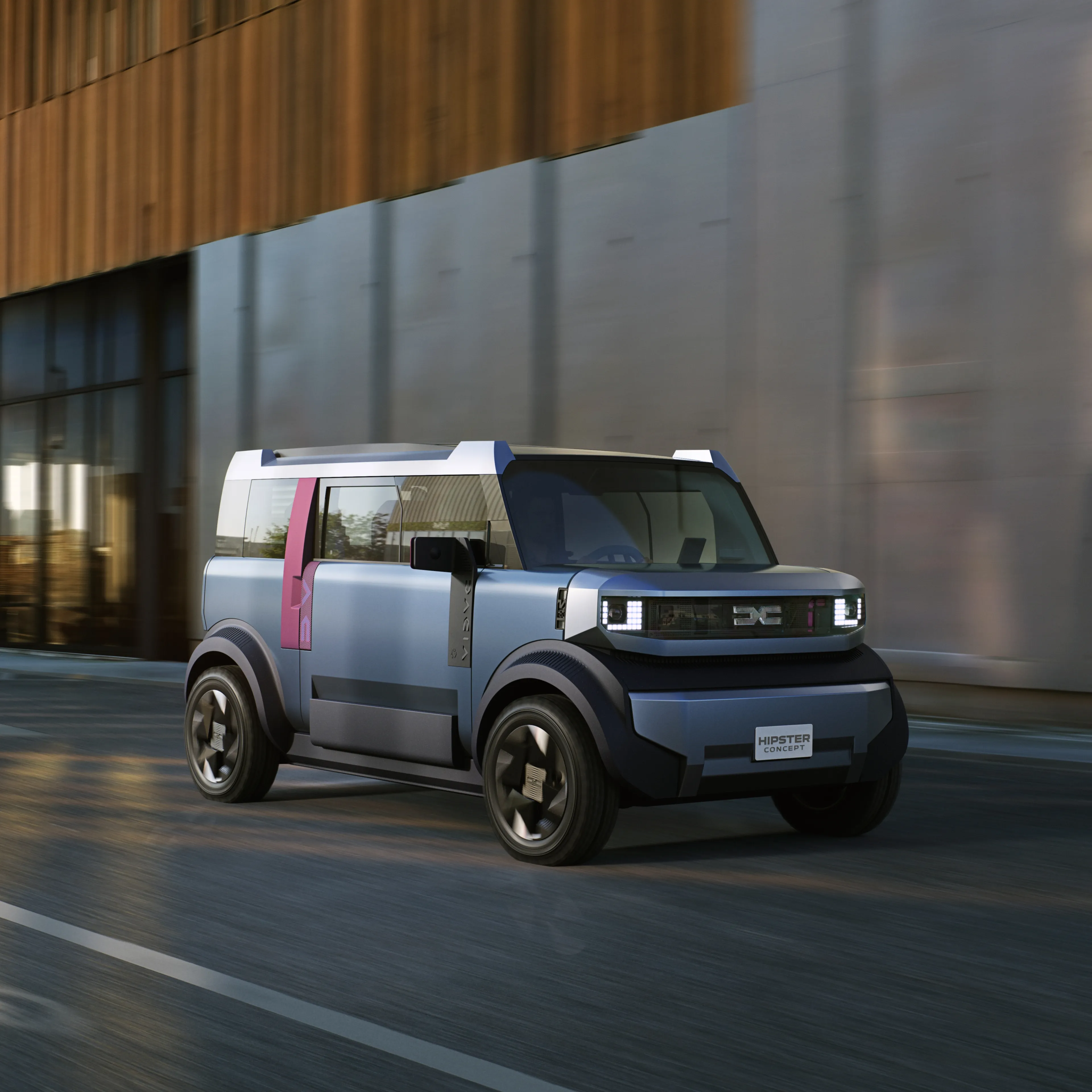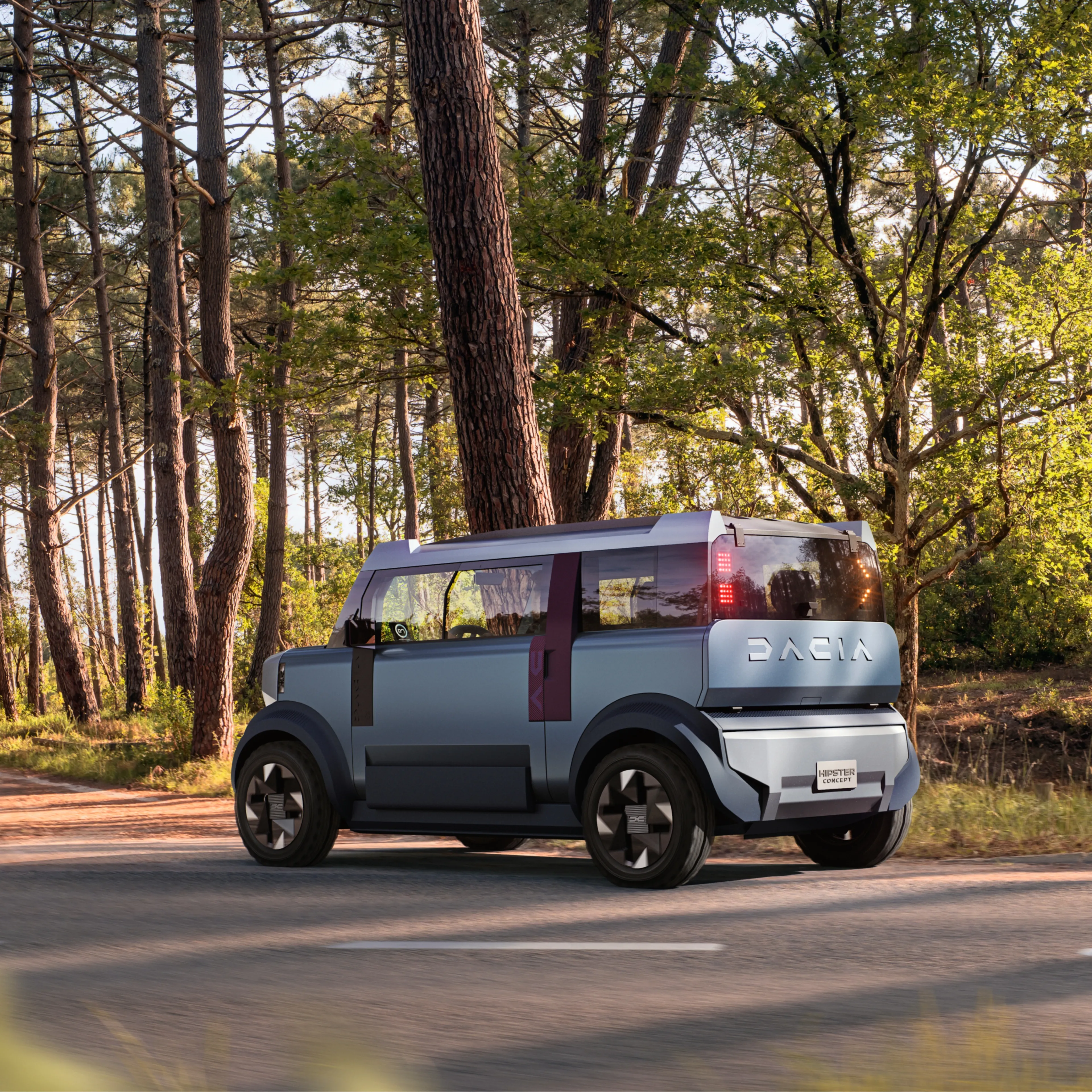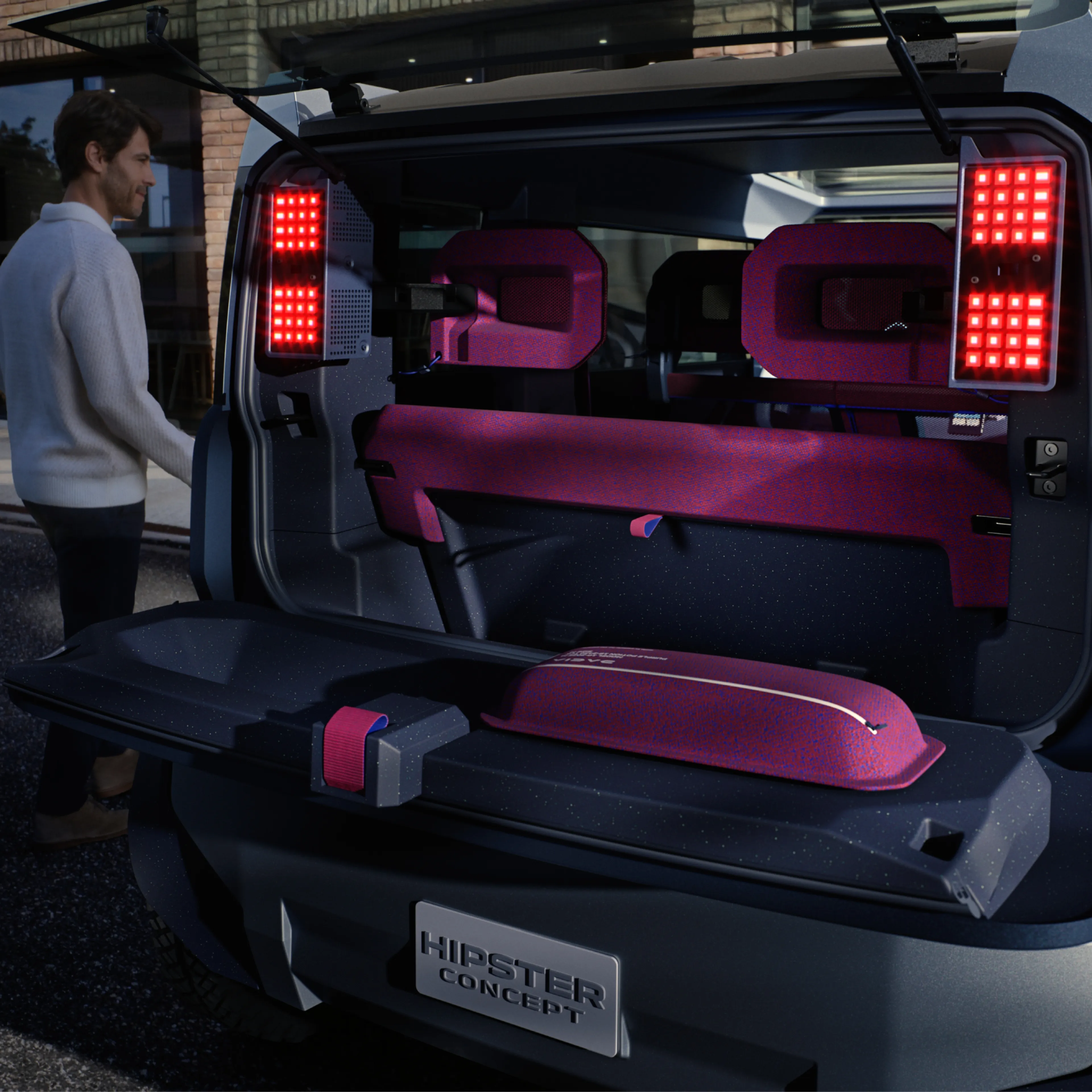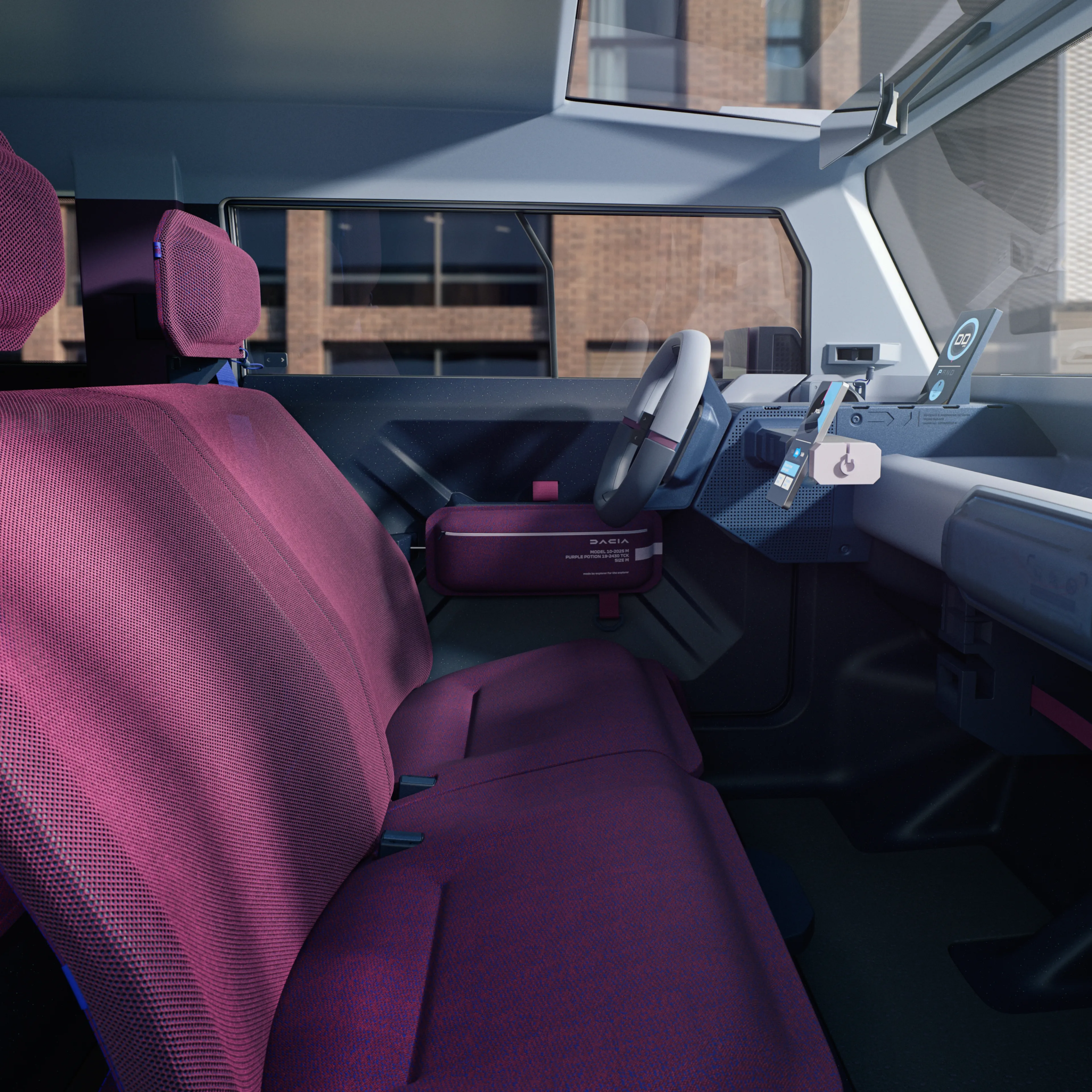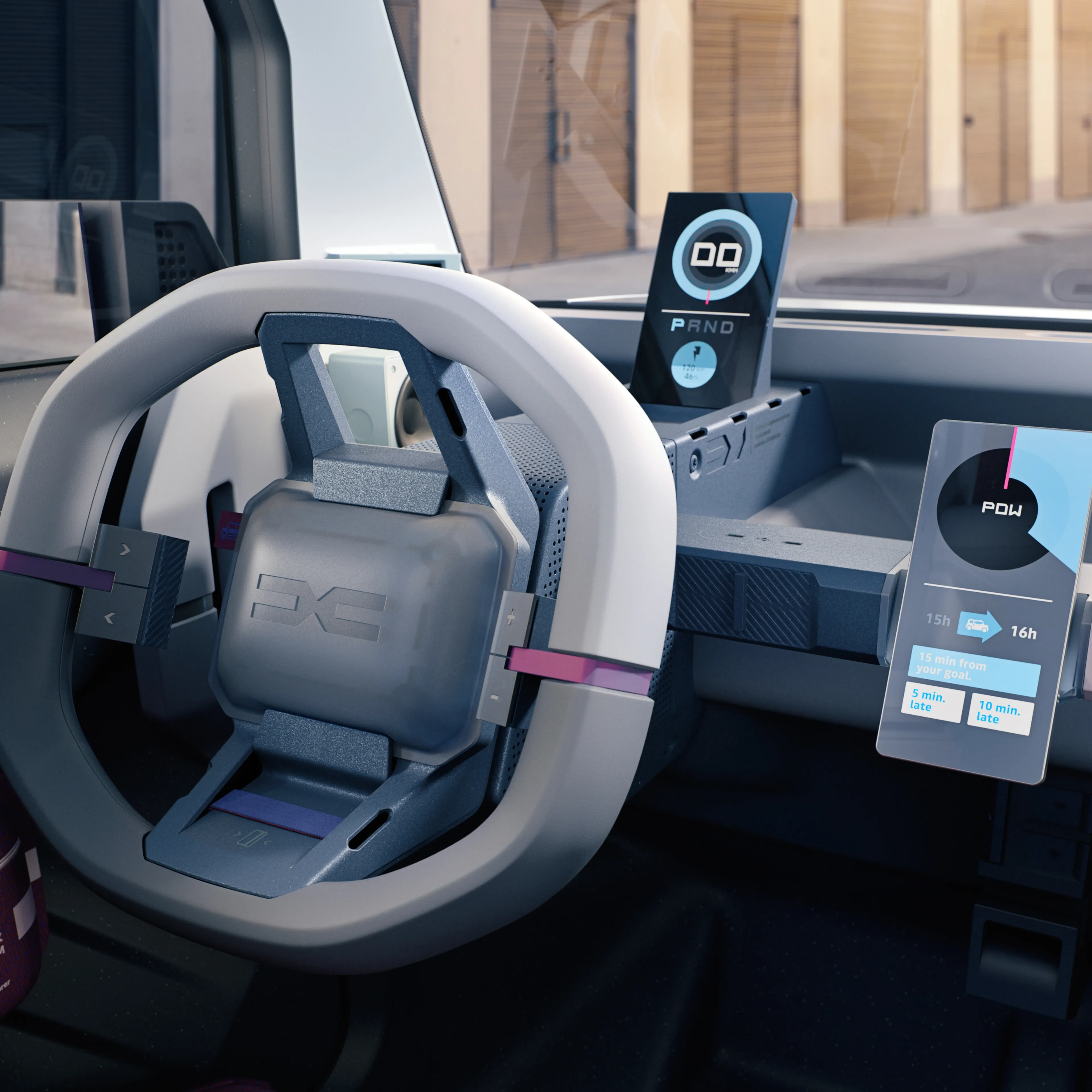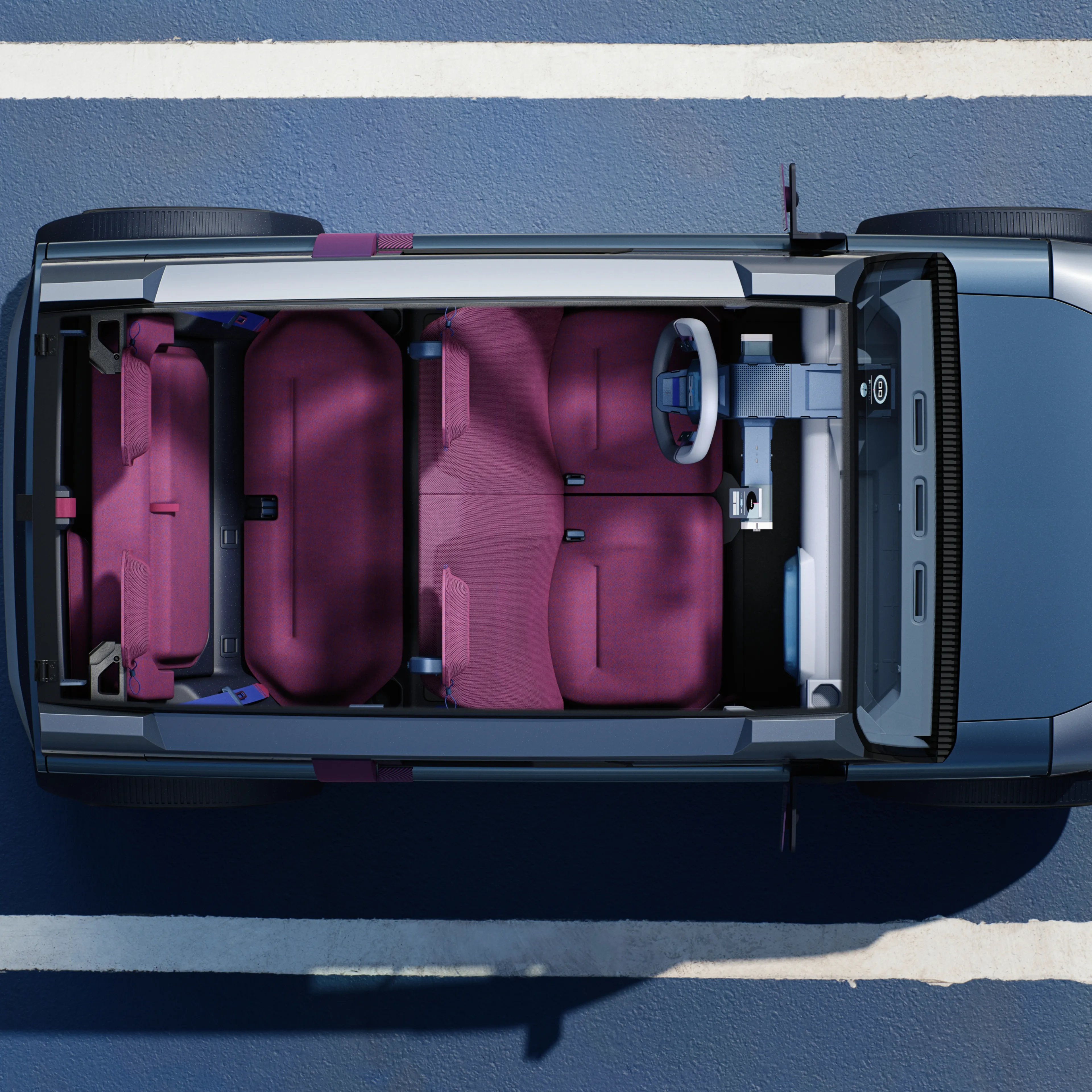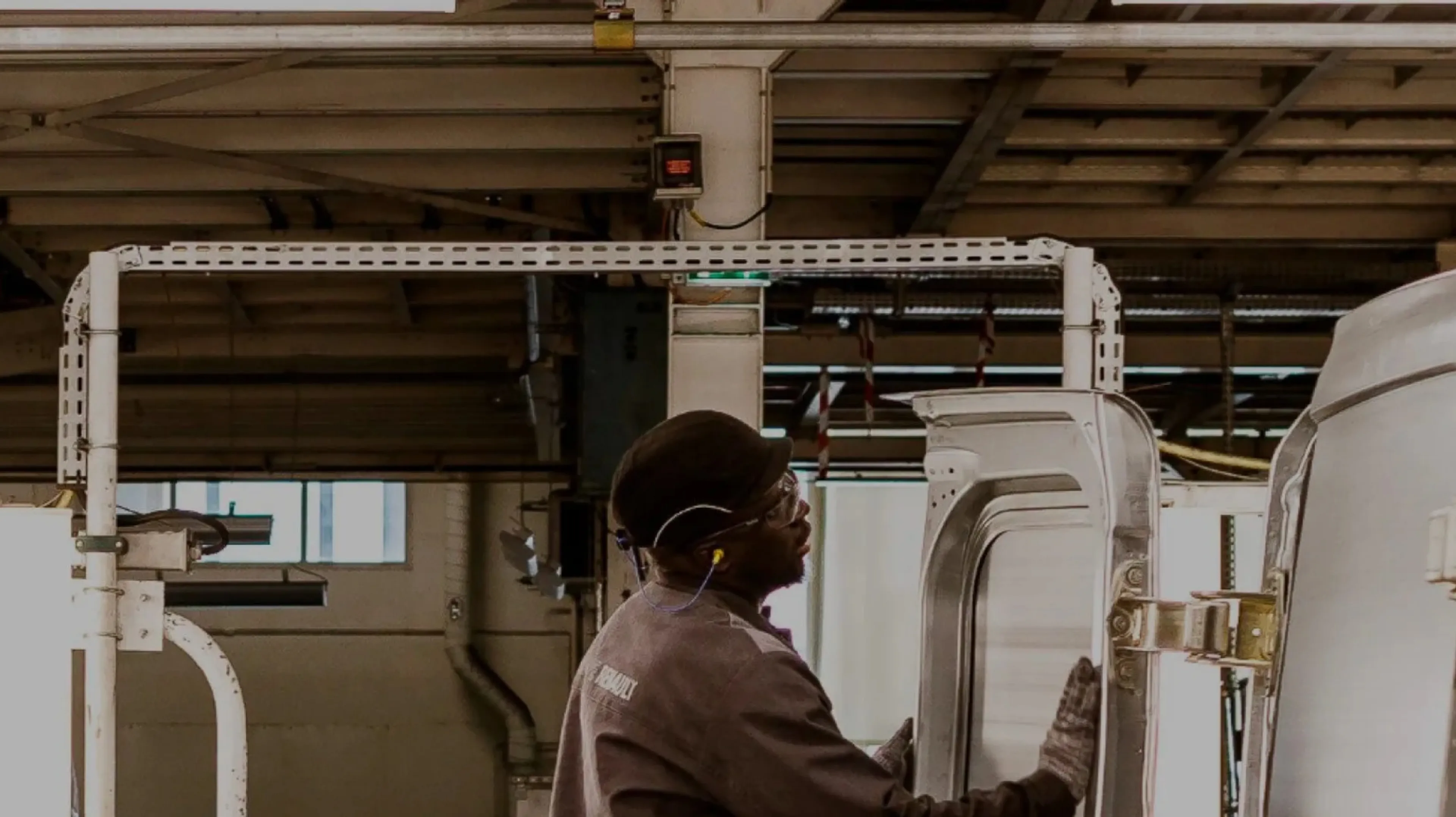Dacia Hipster Concept: when an automotive designer talks about optimism
Published on
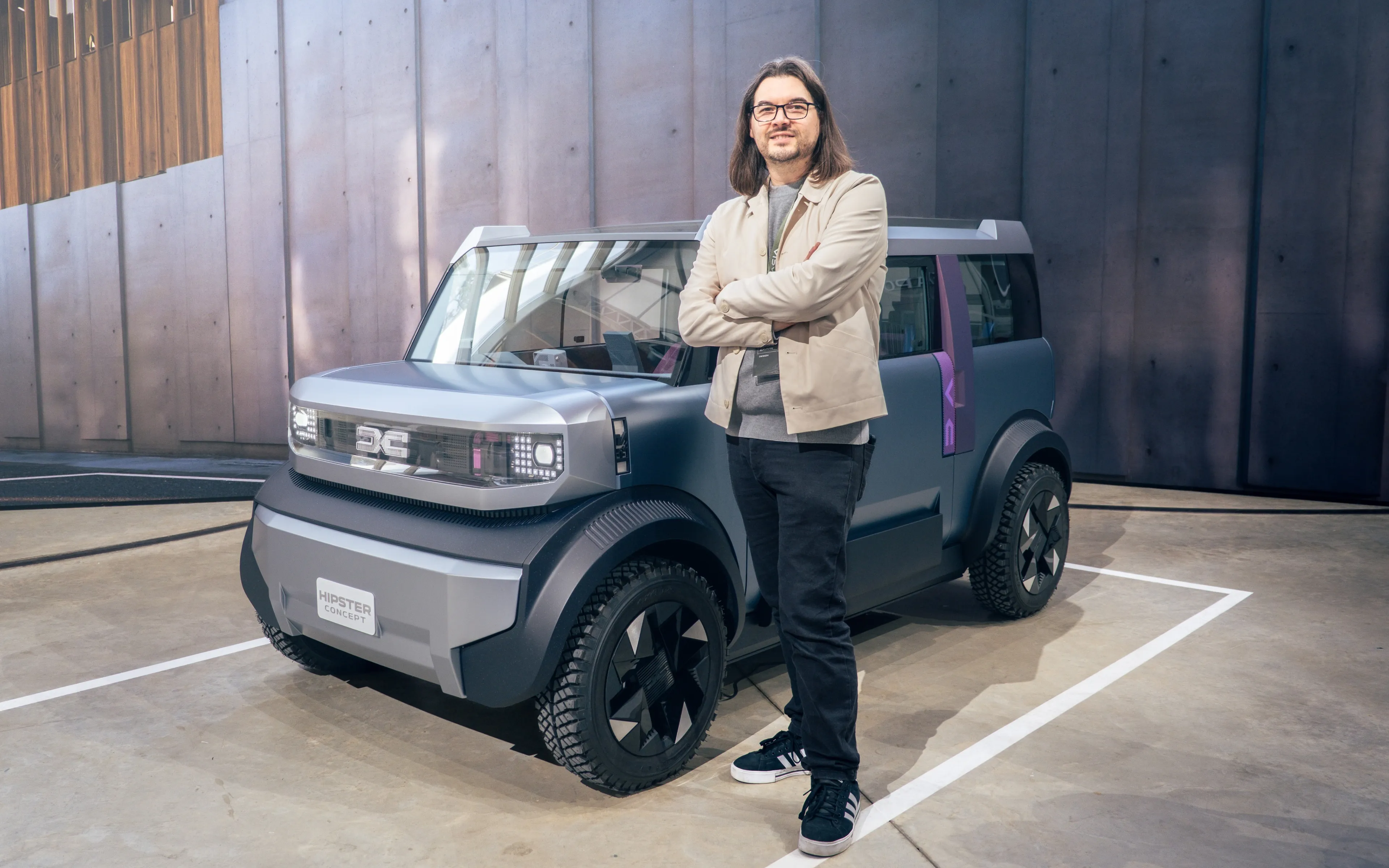
What if the future of mobility wasn’t a race for power, but a return to balance? With Hipster Concept, Dacia reinvents the popular car: light, optimistic and clever. Romain Gauvin, Dacia’s Chief Advanced Designer, explains how this little electric cube could very well change our relationship with the road.
Daring the fun car: putting smiles back into mobility
When we talk about the project with him, automotive designer Romain Gauvin sums it up in one sentence:

« We wanted to convey a positive vision of mobility, with a car that sparks love at first sight. »
Romain Gauvin
Chief Designer Advanced Dacia
With Hipster Concept, Dacia focuses on ingenuity. Three meters long, four real seats, a modular trunk ranging from 70 to 500 liters, and above all one guiding idea, true to the values behind Dacia’s success story: making electric mobility simple and affordable for everyone.
"We wanted to offer individual mobility to all those who can no longer afford it. We had to break something to make new possibilities."
The brand offers a car for everyone: young drivers, families, retirees, those living far from city centers, or anyone who simply wants a reliable vehicle. More than a design study, this project is a statement, a response to the fundamental need to move freely, without excess or guilt: positive mobility.
Claiming simplicity: the art of obvious design
In a world dominated by technological excess, Dacia has chosen simplicity.
Hipster Concept is a cube on four wheels, with a clear, reassuring, and above all endearing design.
"We wanted a design that’s instantly appealing and self-evident, a car you can understand at a glance."
In its proportions and conception, everything feels logical and essential: vertical windows to maximize interior space, a single body color molded in the mass, handles replaced by straps and sturdy side protections made from recycled materials. A functional and joyful aesthetic that recalls the honesty of well-designed, purposeful objects.
Inside, the same spirit continues:
"What we wanted was to give a feeling of protection, robustness and space to a car that’s actually very modest in size."
The result: a bright, surprisingly spacious cabin where four adults can travel comfortably despite compact exterior dimensions. The front seats merge into a single bench, a nod to the popular cars of the past, and the dashboard adopts a minimalist, clever concept: the smartphone becomes the heart of the vehicle. Placed on a docking station, it activates everything, serving as a digital key, audio system, navigation and even a connected dashboard.
"We thought: why add another screen in the car when we already have a supercomputer in our pocket?" smiles Romain Gauvin.
This approach captures the project’s philosophy: use better, instead of using more.
And there’s one detail that everyone who’s seen it mentions:
"When people sit inside, they smile. It brings back the pleasure of old cars, when everything was simple and straightforward. It’s not magic, it’s understandable."
Modern design, inspired by simplicity
With Hipster Concept, Dacia is inventing a segment that doesn’t yet exist in Europe.
Positioned between license-free microcars and traditional city cars, the brand is creating an entirely new (and remarkably relevant) category.
"I think the biggest innovation is that we proposed something that doesn’t exist yet. Maybe we’ve anticipated an answer the market wasn’t expecting."
Like Logan in its time, Dacia Hipster Concept opens a new path. But this time, it’s the electric world that Dacia aims to shake up. And the key lies in sobriety:
"We asked ourselves how to make a car even more sustainable. The answer was always the same: lighten, simplify, reduce. Less material, less energy, less complexity."
Lightening means reducing carbon impact, cost and battery size through responsible design. It also turns a constraint into a strength: eco-design applied to a light car makes it livelier, easier to repair and simpler to live with. Dacia Hipster Concept embodies a new way of thinking about electric mobility: essential, clever and free of excess.
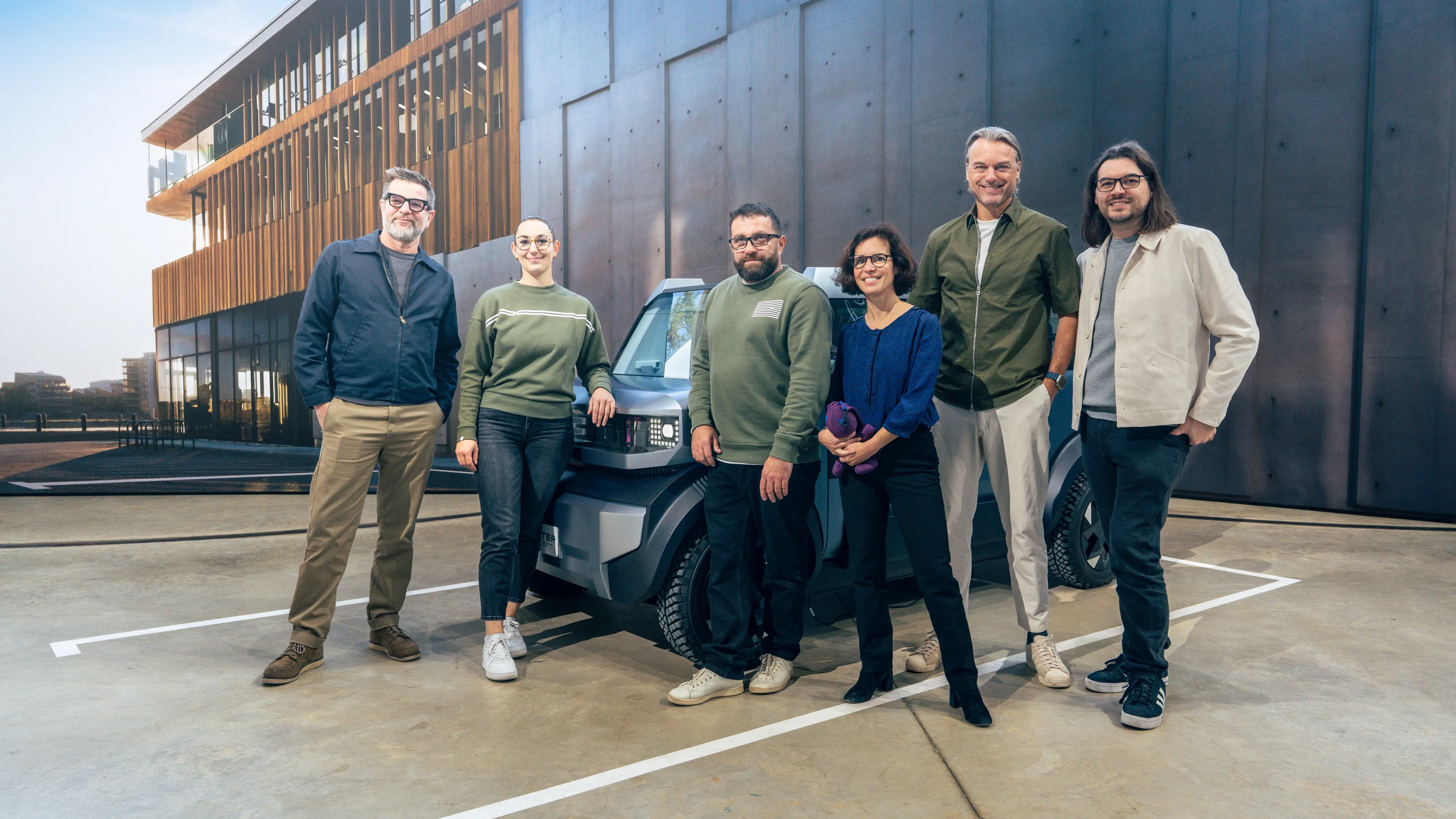
Designing a car to drive optimism forward
At its core, the Dacia Hipster Concept is a true human manifesto.
"We wanted to create a positive, joyful car, one that makes you want to move without feeling guilty."
This project places essentials and joy at the heart of automotive design: a light, honest and engaging vehicle that embodies the simple pleasure of getting around.
Automotive designer Romain Gauvin fondly recalls the inspiration drawn from the past:
"There was a time when cars were slower and less powerful, but people enjoyed the scenery more. Hipster Concept is a bit like that: a calmer, more mindful kind of mobility."
It’s a philosophy of happy simplicity: doing better with less, but without austerity.
Dacia Hipster Concept doesn’t lecture, it inspires. And in that rediscovered smile, Dacia may have found the best answer to the question everyone’s asking: What will the mobility of the future look like? Probably something like Dacia Hipster Concept: a car that is simple, clever and deeply human.
A human-centred future
“Hipster Concept isn’t a magic car, it’s a car that reconnects people with simplicity,” concludes Romain Gauvin.
And what if, instead of always doing more, the future of the automobile was simply about doing better? Dacia answers with a big smile… and a little three-meter-long cube.
